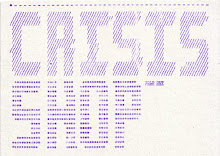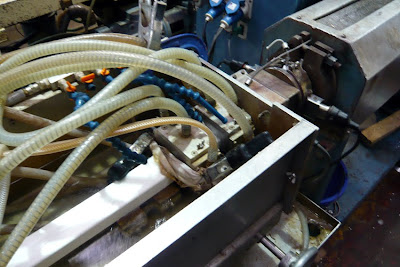











THE BIBLIOTHEQUE DU CENTER AERE
The Bibliothèque du Centre Aéré (BCA) collect books of interest that are out of print or missing traditional distribution channels. The collection comes in the form of facsimiles available on-site consultation, on loan and also in exchange (cons another book that may interest us). This choice of cheap facsimile instead of 'precious' originals de-dramatise the 'precious books reading approach'. And more practically, allows us to let the Library live by itself without inviligating. We count on the reader, the deal is in its hand, stolen items are replacable. Taking advantage of its facsimile situation, TheBibliothèque du Centre Aéré is obviously multiple, transportable and can be physically located in several place simultaneously (galleries, bookshops, events, or in a tree,...)
The Bibliothèque du Centre Aéré is in continuous extension, so potentially infinit. Which mean, that the BCA Furnitures (the one you will design) are the windows openned on this imaginarly bigger library. They house from time to time, from place to place, a selected sample of the Library. It's in a way like an small exhibition space (but a space to place in another space). A kind of miniature theater that belongs to the world of books and libraries. It calls on books, mostly (but book shelves houses sometimes other things). It's a space to curate around books. Another thing: A library catalog will be Published regularly.
THE BCA CLASSIFICATION SYSTEM ( The Curator constraints)
As every library, the BCA has a classification system to index and organize the library materials. It was born of the need to find an alternative to Universal Decimal Classification (UDC) used in most libraries of the world. The UDC favors archiving. It distributes books in hierarchical and absolutes classes that cover all the knowledges. On the contrary, the CAC (Centre Aéré Classification) is a relative system that promote transdisciplinary research. Due to its structure, it can not classify all knowledges and is limited only to those entering the Library. This system is intentionnaly designed to emphasizes stray, wandering idle and random cross disciplinary discovers. It also prevent an overview of the library to potentially extend it to the infinite.
























































